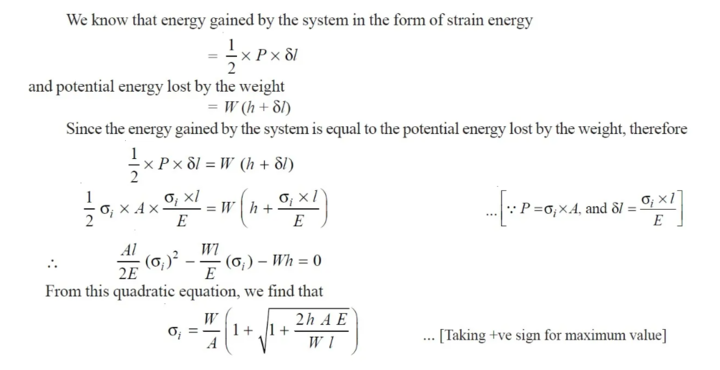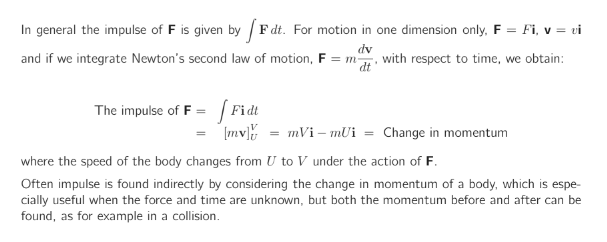- Home/
- GATE MECHANICAL/
- GATE ME/
- Article
Impact Load
By BYJU'S Exam Prep
Updated on: September 25th, 2023

Before we go into Impact Load, let’s first understand load. The force exerted on a surface or body is referred to as the load in engineering. Load and force are synonyms for the same physical quantity. N is the SI unit of load and force. However, the load is usually employed in engineering, whereas force is frequently seen in physics texts.
Impact load is defined as the force provided by a sudden load on a structural part instead of a constant and sustained force applied over a long period. Let’s go through this briefly, along with the Impact stress formula derivation.
Download Formulas for GATE Mechanical Engineering – Strength of Materials
Table of content
What is Impact Load?
Machine members are sometimes subjected to load with a quick impact due to falling or slamming one object on another. The impact load is the load produced as a result of these actions. MSQ-based questions are formulated in the GATE question paper based on the impact load. The impact stress is the stress created in the machine members due to the impact load.
Impact Load GATE Study Notes
There are two application types: gradually and suddenly applied/impact loads. As previously stated, an impact load is created when one object collides with another.
Download Formulas for GATE Mechanical Engineering – Machine Design
Impact Stress Derivation
Let’s say
- l = The bar’s length.
- 𝛿l = Bar deformation
- E = Young’s modulus of the bar’s material.
- h = The height from which the load falls.
- A = The bar’s cross-sectional area.
- σi = Impact stress is created in the bar as a result of the impact load application.
- P = The force that causes the deflection.
Then,

Impact Load Formula
Let us now see the derivation of the Impact Load formula for the GATE exam so that we build a strong base for our preparation.

Download Formulas for GATE Mechanical Engineering – Fluid Mechanics and Machinery
Impact Load Example
If you throw your piano from the 20th-story window and it lands on the ground floor, the ground will be subjected to impact load; if you merely set the piano on the ground, the ground will be subjected to compressive load. The impact load is computed by dividing the overall kinetic energy dissipation by the local deformation. A few more examples important for the GATE ME exam are as follows:
- Impact by people when running, jumping
- falling with a tilting ladder
- Impact of objects when dropped or in the process of being moved, for example, dishes, tools, furniture
- Impact of thrown objects.
|
Important GATE Topics |
|
| Lan Full Form | Propped Cantilever Beam |
| Torsional Force | POP Full Form |
| RTC Full Form | Fcfs Scheduling Full Form |
| Types Of Loads | E-Commerce Mcq |
| Laser Full Form | Rankine Formula |


